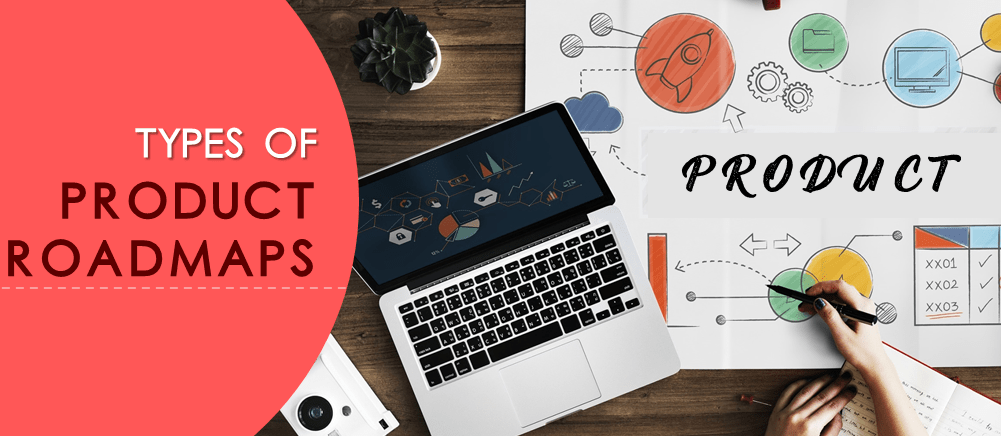
A Now-Next-Later Product Roadmap is a strategic plan that outlines the specific tasks and timelines for achieving a particular objective, with a focus on the short-term and long-term goals of the product. This type of Product Roadmap is divided into three distinct phases: Now, Next, and Later.
Now: The Now phase represents the current state of the product. This includes the features and functionality that are currently available to customers, as well as any ongoing development or maintenance work.
Next: The Next phase represents the short-term goals for the product. This includes upcoming features and functionality that are currently in development and are expected to be released in the near future.
Later: The Later phase represents the long-term goals for the product. This includes features and functionality that are still in the planning or research phase, and are not expected to be released in the short term.
Benefits of Now-Next-Later Product Roadmap
- Prioritizes development efforts: By clearly identifying the most important tasks and timelines, a Now-Next-Later product roadmap helps to prioritize development efforts. By focusing on the Now phase, businesses and organizations can ensure that they are addressing the most pressing issues and providing value to customers as soon as possible. By focusing on the Next phase, they can ensure that they are working on the most important upcoming features and functionality. And by focusing on the Later phase, they can ensure that they are planning for the long-term success of the product.
- Improves communication: A Now-Next-Later product roadmap helps to communicate the product development strategy to all stakeholders. By clearly outlining the current state, short-term goals, and long-term goals of the product, it is easier to communicate the product development strategy to customers, investors, and other stakeholders.
- Facilitates long-term planning: The Later phase of the roadmap represents the long-term goals for the product. This includes features and functionality that are still in the planning or research phase, and are not expected to be released in the short term. This helps organizations to think and plan for long-term success and not just short-term gains.
- Helps to identify potential roadblocks: By clearly outlining the Now, Next, and Later phases of the product development, it is easier to identify potential roadblocks or challenges that may arise. This helps to proactively address issues and keep product development on track.
Steps for Now-Next-Later Product Roadmap
- Define the objective: Clearly define the objective of the product development that the Now-Next-Later roadmap is being created for. This will provide the foundation for the rest of the roadmap and ensure that all tasks and timelines are aligned with the overall goal.
- Define the current state of the product: Identify the features and functionality that are currently available to customers, as well as any ongoing development or maintenance work. This represents the “Now” phase of the roadmap.
- Define the short-term goals for the product: Identify the upcoming features and functionality that are currently in development and are expected to be released in the near future. This represents the “Next” phase of the roadmap.
- Define the long-term goals for the product: Identify the features and functionality that are still in the planning or research phase, and are not expected to be released in the short term. This represents the “Later” phase of the roadmap.
- Assign timelines to each task: For each task, assign a start and end date. This will help to ensure that tasks are completed in a timely manner and that product development stays on schedule.
- Identify dependencies between tasks: Identify which tasks must be completed before others can begin. This will help to plan and manage product development and identify potential roadblocks.
- Assign responsibilities: For each task, identify the responsible party. This will help to ensure that tasks are assigned to the appropriate individuals and that everyone is aware of their roles and responsibilities.
- Regularly review and update the roadmap: A Now-Next-Later product roadmap is a living document that should be reviewed and updated regularly. As product development progresses
Example of Now-Next-Later product roadmap for Meal Subscription Service
Now:
- Develop and launch the website for customers to subscribe to the service and customize their meals
- Create a menu of pre-designed healthy meals options
- Start delivering the meals to customers on a weekly basis
- Implement customer support to handle any inquiries or issues
Next:
- Introduce new menu options every month based on customer feedback
- Implement a mobile application for customers to access the service more easily
- Introduce a referral program to incentivize current customers to refer new customers
- Develop a system for customers to rate and review meals
Later:
- Implement a feature that allows customers to customize their meals based on their dietary restrictions
- Introduce a meal planning feature that allows customers to plan their meals for the entire week
- Develop a system for customers to save their favorite meals
- Offer an option for customers to pause or cancel their subscription at any time
It is important to note that the above example is just one possible Now-Next-Later roadmap for meal subscription service, depending on the company’s vision, the market, and customer needs the roadmap can be different. Additionally, the Now-Next-Later product roadmap should be a living document that is regularly reviewed and updated to ensure that it remains relevant and that the objectives outlined are still achievable.
Conclusion
Overall, a Now-Next-Later Product Roadmap is a valuable tool that can help businesses and organizations to achieve their objectives by providing a clear and actionable plan for success. It helps to prioritize development efforts, communicate the product development strategy, and ensure that the product is evolving and meeting the needs of the customers.
